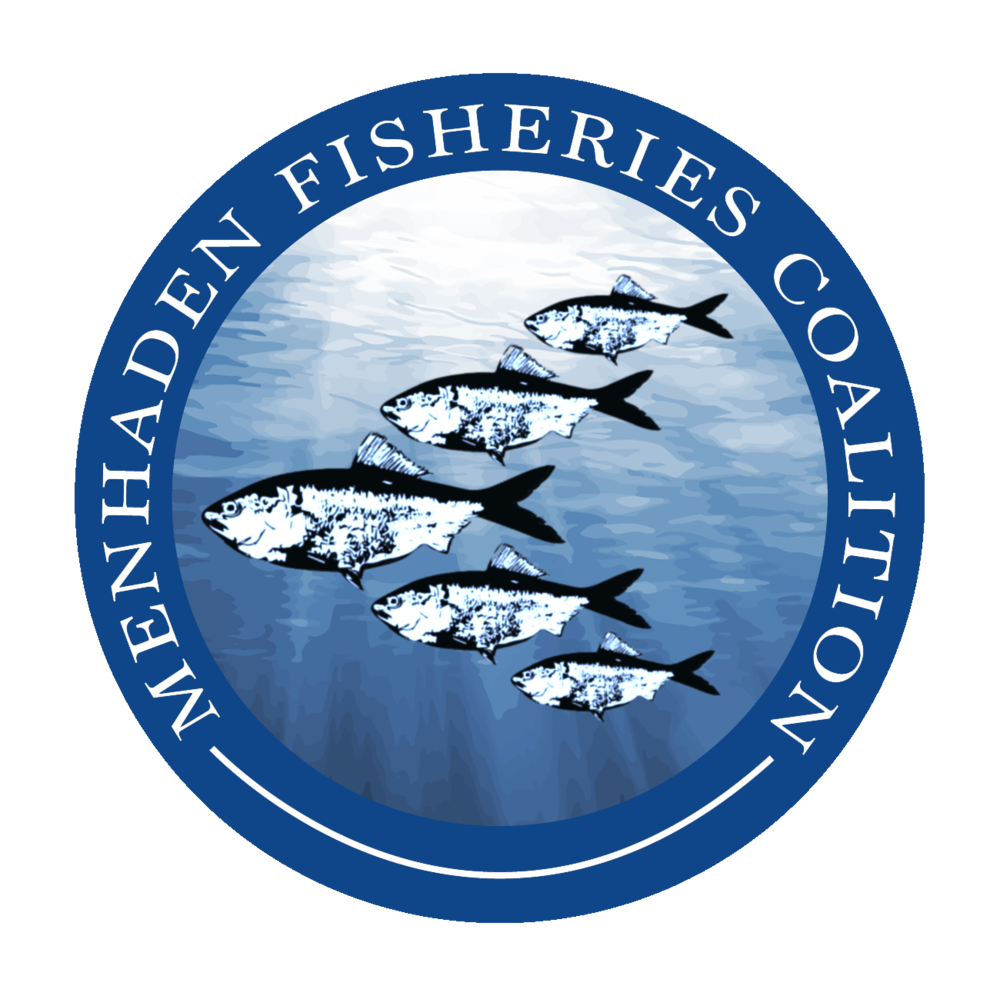ABOUT THE MENHADEN FISHERIES COALITION
The Menhaden Fisheries Coalition represents over 90% of menhaden fishermen, related businesses, and supporting industries. Comprised of over 30 businesses along the Atlantic and Gulf Coasts, the Menhaden Fisheries Coalition conducts media and public outreach on behalf of the menhaden industry to ensure that members of the public, media, and government are informed of important issues, events, and facts about the fishery.
History
The commercial menhaden fishery represents one of the oldest marine industries in the United States. Menhaden fishing in the Gulf and in the Atlantic spans generations and holds deep historical ties and provides significant economic value to coastal communities. The commercial Atlantic menhaden fishery arose as early as the mid-1800s, and the Gulf of Mexico fishery followed some time around 1945, after World War II.
Today, the Gulf menhaden bait fishery is primarily conducted along the, Louisiana coastline, while the Gulf reduction fishery is located in Moss Point, Mississippi and Abbeville, Louisiana. The Atlantic menhaden bait fishery ranges from the Mid-Atlantic to New England, and the reduction fishery is located in Reedville, Virginia.
The Faces of the Menhaden Fishery
Menhaden fishing, both along the Atlantic and Gulf Coasts, is more than just a livelihood and cherished tradition. For many fishing communities, it is a symbol of their cultural heritage and a pathway to future success. For more than a century, the residents of small coastal communities along the Atlantic and Gulf Coast have made their living in the fishing industry just as those before them. Taught to value hard work and their family’s name, they set off from shore early each morning, like their ancestors, in search of an abundant, yet highly valued catch.
Passed down through coastal families for generations, the legacy of menhaden fishing is more than a treasured tradition. For the families and communities dependent on this abundant resource and the surrounding industry, it is their means of survival. And in so many of these small, rural towns, it is the only industry keeping the community economically afloat.
The Menhaden Fishery’s Functions:
Menhaden harvested for the commercial reduction fishery are used for a variety of purposes. Essential oils for fish meal, fish oil, and fish solubles are all derived from menhaden harvested for reduction. Aquaculture industries depend heavily on fish meal to improve feed efficiency and produce maximum growth rates. Fish meal and solubles are used mostly in poultry, livestock feeds, agricultural fertilizer, and increasingly in domestic aquaculture. Crude fish oil is used in foreign aquaculture, while refined fish oils are used as a nutritional supplement for humans. Fish solubles are used to fortify fish meal and increase nutrition in the aquaculture industry. The aquaculture industry’s growth in the United States has been less pronounced but just as steady as global production. The U.S. ranks eleventh in aquaculture production with just 1.1 percent of global production by weight. This will most likely continue to expand with supplies of wild seafood limited and demand rising.
The menhaden bait fishery supplies fishermen with bait for popular commercial and sport fish, and has grown throughout its history. Many commercial & recreational fisheries like American lobster, blue crab, crawfish, striped bass, and bluefish have also grown, increasing the demand for menhaden as bait. For bait harvest, Atlantic menhaden is targeted in the waters off Virginia, New Jersey, Massachusetts, and Maryland. Gulf menhaden is targeted for bait in Louisiana.
Diet and Ecological Role:
During their lifespan, menhaden consume two types of plankton. For the first year of their lives, juvenile menhaden consume phytoplankton. Large amounts of phytoplankton, fueled by pollution and commercial and residential nutrient runoff, can create algal blooms, which in turn hurt aquatic ecosystems as they die, sink, decompose, and deplete dissolved oxygen. Importantly, commercial menhaden fisheries do not target juvenile menhaden that eat phytoplankton through filter-feeding.
Adult menhaden targeted by the menhaden fishery primarily eat zooplankton, microscopic animals distinct from phytoplankton that do not contribute to algal blooms and subsequent water quality issues. According to the GSMFC, recent scientific study has confirmed that the gill baskets of adult menhaden are optimally designed to collect particles the size of zooplankton and large phytoplankton.

